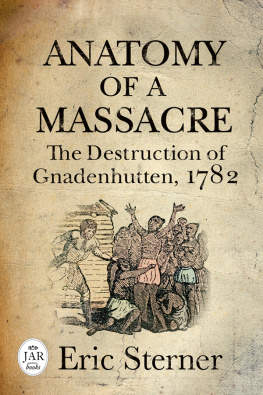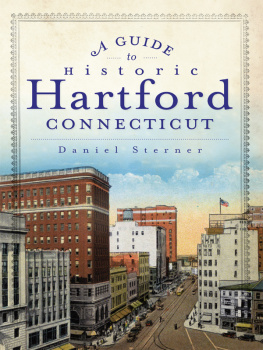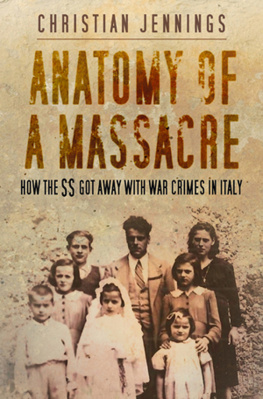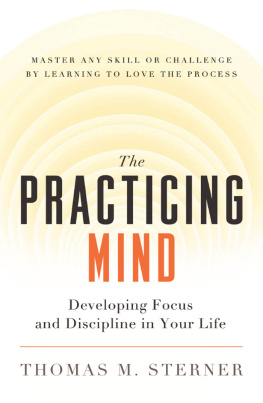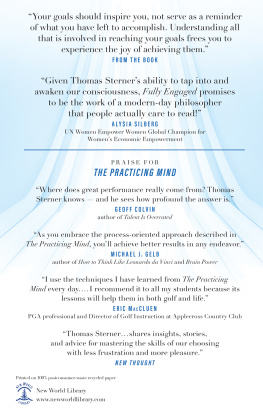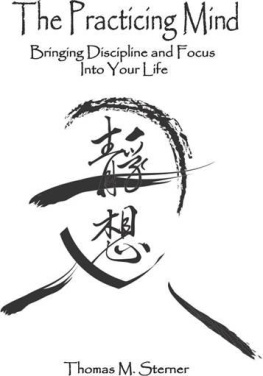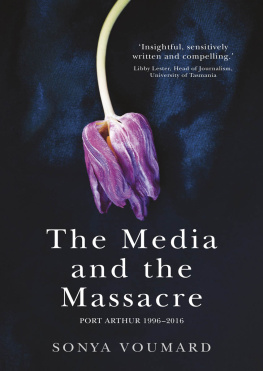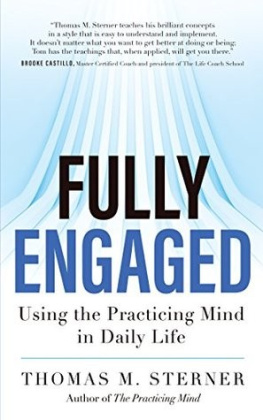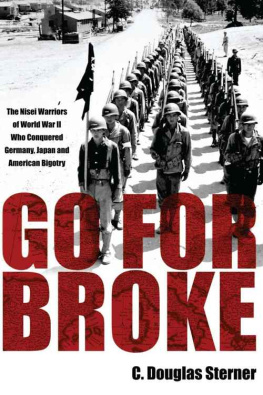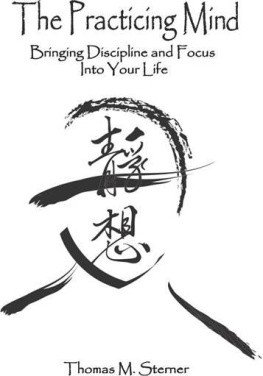Eric Sterner - Anatomy of a Massacre
Here you can read online Eric Sterner - Anatomy of a Massacre full text of the book (entire story) in english for free. Download pdf and epub, get meaning, cover and reviews about this ebook. publisher: Westholme Publishing, genre: Politics. Description of the work, (preface) as well as reviews are available. Best literature library LitArk.com created for fans of good reading and offers a wide selection of genres:
Romance novel
Science fiction
Adventure
Detective
Science
History
Home and family
Prose
Art
Politics
Computer
Non-fiction
Religion
Business
Children
Humor
Choose a favorite category and find really read worthwhile books. Enjoy immersion in the world of imagination, feel the emotions of the characters or learn something new for yourself, make an fascinating discovery.
- Book:Anatomy of a Massacre
- Author:
- Publisher:Westholme Publishing
- Genre:
- Rating:5 / 5
- Favourites:Add to favourites
- Your mark:
- 100
- 1
- 2
- 3
- 4
- 5
Anatomy of a Massacre: summary, description and annotation
We offer to read an annotation, description, summary or preface (depends on what the author of the book "Anatomy of a Massacre" wrote himself). If you haven't found the necessary information about the book — write in the comments, we will try to find it.
Anatomy of a Massacre — read online for free the complete book (whole text) full work
Below is the text of the book, divided by pages. System saving the place of the last page read, allows you to conveniently read the book "Anatomy of a Massacre" online for free, without having to search again every time where you left off. Put a bookmark, and you can go to the page where you finished reading at any time.
Font size:
Interval:
Bookmark:

Journal of the American Revolution Books highlight the latest research on new or lesser-known topics of the revolutionary era. The Journal of the American Revolution is an online resource and annual volume that provides educational, peer-reviewed articles by professional historians and experts in American Revolution studies.
Other Titles in the Series
The Burning of His Majestys Schooner Gaspee: An Attack on Crown Rule Before the American Revolution
by Steven Park
General Peter Muhlenberg: A Virginia Officer of the Continental Line
by Michael Cecere
Grand Forage 1778: The Battleground Around New York City
by Todd W. Braisted
The Invasion of Virginia 1781
by Michael Cecere
John Adams vs. Thomas Paine: Rival Plans for the New Republic
by Jett B. Connor
The Road to Concord: How Four Stolen Cannon Ignited the Revolutionary War
by J. L. Bell
Washingtons War, 1779
by Benjamin Lee Huggins
2020 Eric Sterner
All rights reserved under International and Pan-American Copyright Conventions. No part of this book may be reproduced in any form or by any electronic or mechanical means, including information storage and retrieval systems, without permission in writing from the publisher, except by a reviewer who may quote brief passages in a review.
Westholme Publishing, LLC
904 Edgewood Road
Yardley, Pennsylvania 19067
Visit our Web site at www.westholmepublishing.com
ISBN: 978-1-59416-667-9
Also available in hardcover.
Produced in the United States of America.
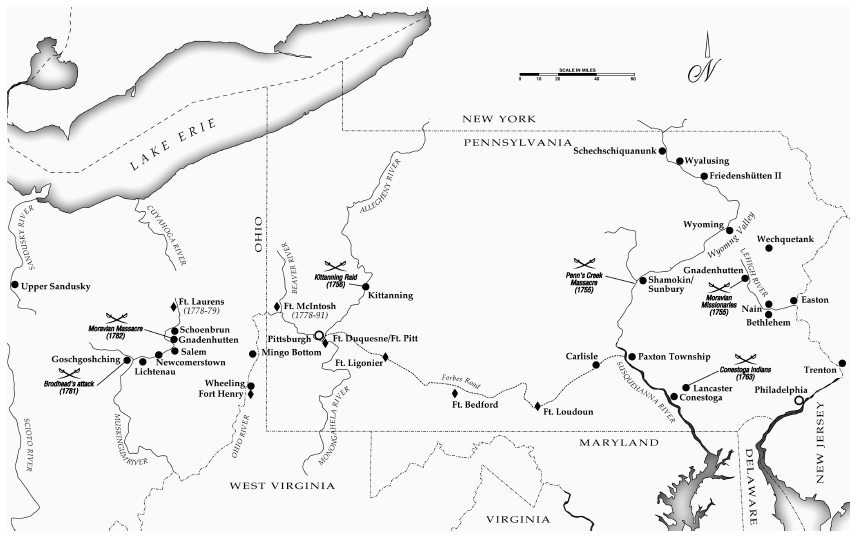
NOVEMBER 24, 1755, UNFOLDED LIKE ANY OTHER DAY AT THE village of Gnadenhutten (pronounced Zha-NAY-den-hut-en) on Pennsylvanias Lehigh River. Gnadenhutten was a small settlement of Mohegan and Lenni Lenape, or Delaware, Indians who had adopted the Christian faith preached by missionaries from the Church of the United Brethren, themselves known as Moravians due to their geographic origins in the Austro-Hungarian Empire. Fading light that autumn afternoon marked the days passing and many residents in the older part of town gathered for supper in a communal building known as the House of Pilgrims. On the east bank, a messenger from the church in Bethlehem, Brother David Zeisberger, was just setting out to visit the older side of town.
As people finished their meals, cleaned up, or ruminated about the passing day, dogs sounded the alarm at outsiders entering town. One missionary, Joachim Senseman, rose from the table and went out the back door to check on the barking and close up the Congregation House. The remaining missionaries and their families managed to retreat to the attic through a trap door, which they barricaded.
The moments respite only sealed their fates. The war party, fearing nothing from the missionaries, attempted to break into the attic, firing occasionally into it from below. They failed, retreated, and instead barred the doors from the outside, then set fire to the building. His wife, Joanna, cradled their baby daughter and prayed, knowing the end was approaching.
Despite his wounds, Sturgis pushed through an attic window to the burning roof. Burned by the flame and bleeding, he jumped and fled into the woods. Then it was Maria Partschs turn. She followed Sturgis, jumped, and made it out safely. In moments, the rest of the village, houses, stables, and a barn laden with supplies for the winter followed the communal building into the conflagration. Livestock bellowing in the stables added their dying screams.
Crossing the river, Zeisberger encountered George Partsch and Joachim Senseman, who related part of the tale. Senseman had the misfortune of watching the House of Pilgrims burn with his wife in it. Maria Partsch reported Annas final words were Tis all well, dear SaviourI expected nothing else.
Altogether, eleven people perished: Anna Catharine Senseman, Gottlieb and Joanna Anders with their daughter, John Gattermeyer, George Fabricius, George Schweigert, Martin Presser, John Lesly, and Martin Nitschmann. Martins wife Susanna was captured, married off to a brutish Indian, and died six months later, making her the last casualty.
News reached the seat of the Moravian Church at Bethlehem, Pennsylvania, after midnight, even though the glow of a burning Gnadenhutten was visible over the mountains and had already raised concern. Chaos quickly descended when hunting parties absent from Gnadenhutten returned to Bethlehem along with Zeisberger. The Christian Indians, already armed, begged the missionaries to let them pursue the raiders and retaliate. Moravian authorities at Bethlehem, however, remained true to their faith and encouraged their new converts to lay down their weapons. With that, the Christian Indians melted back into the forest.
Other refugees from Gnadenhutten filtered into Bethlehem throughout the night and the next day. One, an Englishman named John Joseph Bull, who also went by the Indian name Schebosh, remained at Gnadenhutten to search for other townspeople who might have hidden during the night. Two missionaries, Martin Mack and Bernard Grube, who had been up all night with their wives on the road to Bethlehem from the vicinity of Gnadenhutten, turned around and went back to the smoldering ruins to join Schebosh in his search.
Ironically, groups of white frontiersmen suspecting the Moravians of serving French and Iroquois interests were already gathered in Bethlehem, contemplating what to do with the Christian missionaries and Indians they viewed with suspicion in the midst of the French and Indian War. The flames at Gnadenhutten did more to dispel their concerns than all the prior protestations of the Moravian missionaries. They built a fort after the United Brethren abandoned the site. The identity of the attackers was never firmly established, but they were likely surrogates for the Iroquois Confederation, which had its own concerns about the missionaries and their growing Indian congregations.
On March 8, 1782, on another river, in another Gnadenhutten, another massacre struck another Christian community. Unlike the murders on the Lehigh, in which Indians killed white missionaries, American frontier settlers killed ninety-six unarmed Indians in cold blood six months after Cornwallis surrendered at Yorktown. That story has become a simple morality tale on the frontier, with the Americans cast as the racist, land-greedy expansionists and the Indians as their peaceful, innocent victims. That interpretation is too simplistic.
While the Moravian Indians, so-called after their missionaries, were generally peaceful, and a vast majority of frontier settlers were racist and land hungry, it is not as though the settlers simply decided one day to assemble and march on Indian villages to slaughter anyone they found. Instead, the collision between murderer and victim marked the culmination of conflicting forces that had buffeted the frontier for decades and which the American Revolution brought to a head.
Historian Colin Calloway notes, Indian country was a mosaic of tribal homelands and hunting territories, where individual nations guarding their own interests created a complicated landscape of multiple foreign policies, competing agendas, and shifting strategies.Americans. Each of the thirteen colonies had its own goals, as did different factions within the colony. Things did not improve during the Revolution, when the differences between each colony, the militia, frontier settlers, the Continental Congress, its Indian agents, and Continental army officials were readily apparent.
Font size:
Interval:
Bookmark:
Similar books «Anatomy of a Massacre»
Look at similar books to Anatomy of a Massacre. We have selected literature similar in name and meaning in the hope of providing readers with more options to find new, interesting, not yet read works.
Discussion, reviews of the book Anatomy of a Massacre and just readers' own opinions. Leave your comments, write what you think about the work, its meaning or the main characters. Specify what exactly you liked and what you didn't like, and why you think so.

